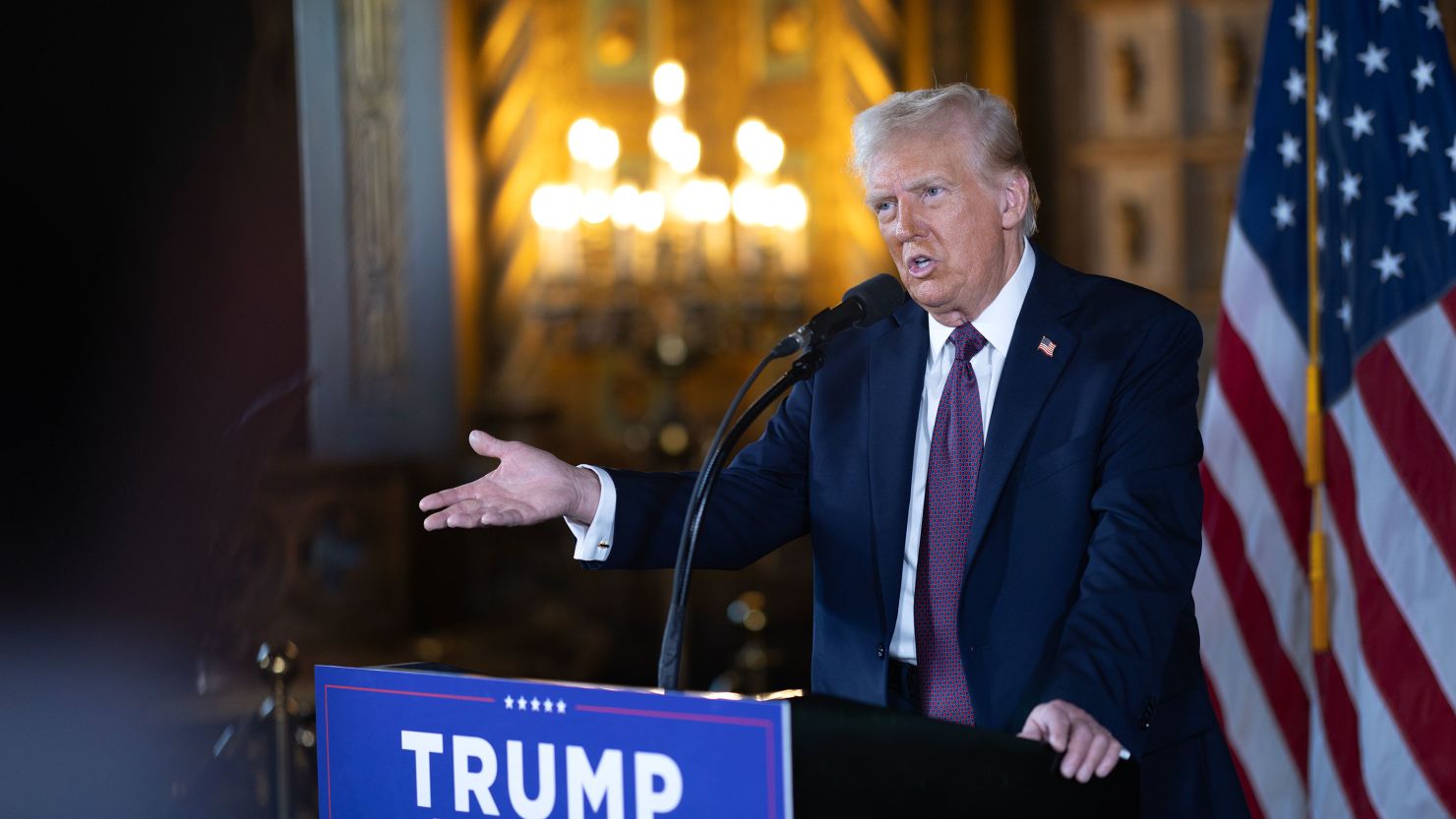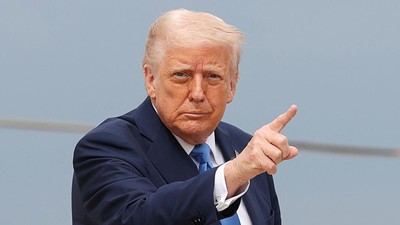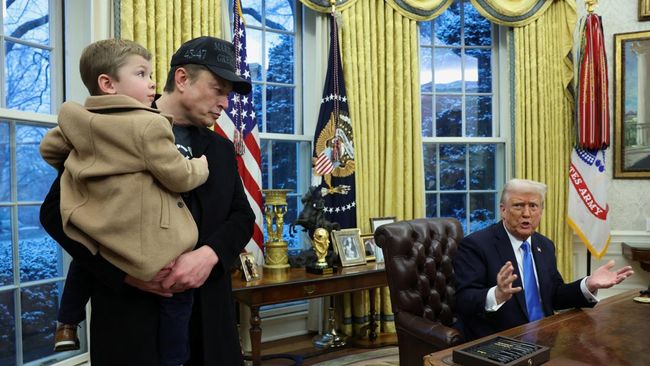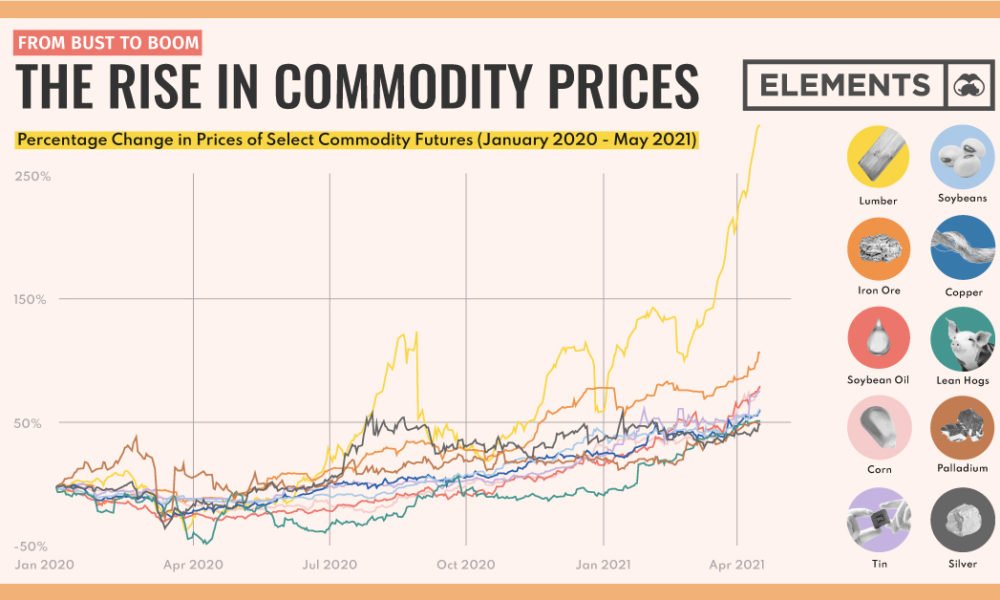A Milestone Marked by Economic Doubts
As former President Donald Trump completes the first 100 days of his second term, one issue continues to cloud the celebratory tone his administration had hoped for: disappointing economic data. Despite strong rhetoric, bold campaign promises, and rapid executive action, several key indicators suggest that the U.S. economy is not rebounding as quickly as expected under Trump 2.0.
From sluggish GDP growth to persistent inflation and a cooling job market, the numbers tell a story that contradicts the administration’s optimistic narrative.
GDP Growth Slows Despite Bold Promises
When Trump returned to office, he promised a sharp economic revival driven by tax cuts, deregulation, and strong domestic investment. However, the latest GDP figures show growth slowing to just 1.2%, falling short of the administration’s projected 3–4% annual target.
Economists point to several factors, including geopolitical tensions, global supply chain issues, and cautious consumer spending. Yet, many critics argue that Trump’s economic strategy lacks the necessary depth to address long-term structural challenges.
Trump, in response, has blamed the Federal Reserve’s tight monetary policy and lingering effects of the previous administration. Still, the explanation has failed to fully convince market watchers and economic analysts.
Inflation and Interest Rates Remain Stubbornly High
Another challenge facing the administration is inflation. Although inflation has cooled slightly from its peak, it remains above the Federal Reserve’s 2% target, putting pressure on everyday consumers. Coupled with high interest rates, this environment is dampening both business expansion and consumer borrowing.
While Trump has repeatedly urged the Fed to cut rates, the central bank has maintained a cautious stance, warning that premature easing could reignite price surges. The disconnect between fiscal and monetary policy has added to market volatility and investor uncertainty.
Unemployment Inches Up as Hiring Slows
In addition, the job market, once hailed as a symbol of U.S. economic resilience, is showing signs of fatigue. Recent labor reports reveal a slight uptick in unemployment claims and slower-than-expected job creation, particularly in manufacturing and tech sectors.
This trend undermines Trump’s message of economic strength and job growth, which has been a cornerstone of his platform. Businesses, facing higher input costs and uncertain demand, are choosing to freeze hiring or downsize.
Trump’s critics argue that the administration has focused too much on tax breaks for corporations and too little on building worker-focused policies such as reskilling programs and affordable childcare.
Conclusion: A Rocky Start for Trump’s Economic Agenda
Reaching the 100-day milestone, Trump faces mounting pressure to deliver measurable economic results. While his administration continues to push optimistic forecasts, the reality is more complex. Weak GDP, persistent inflation, and a cooling labor market paint a troubling picture for an economy still finding its footing.



